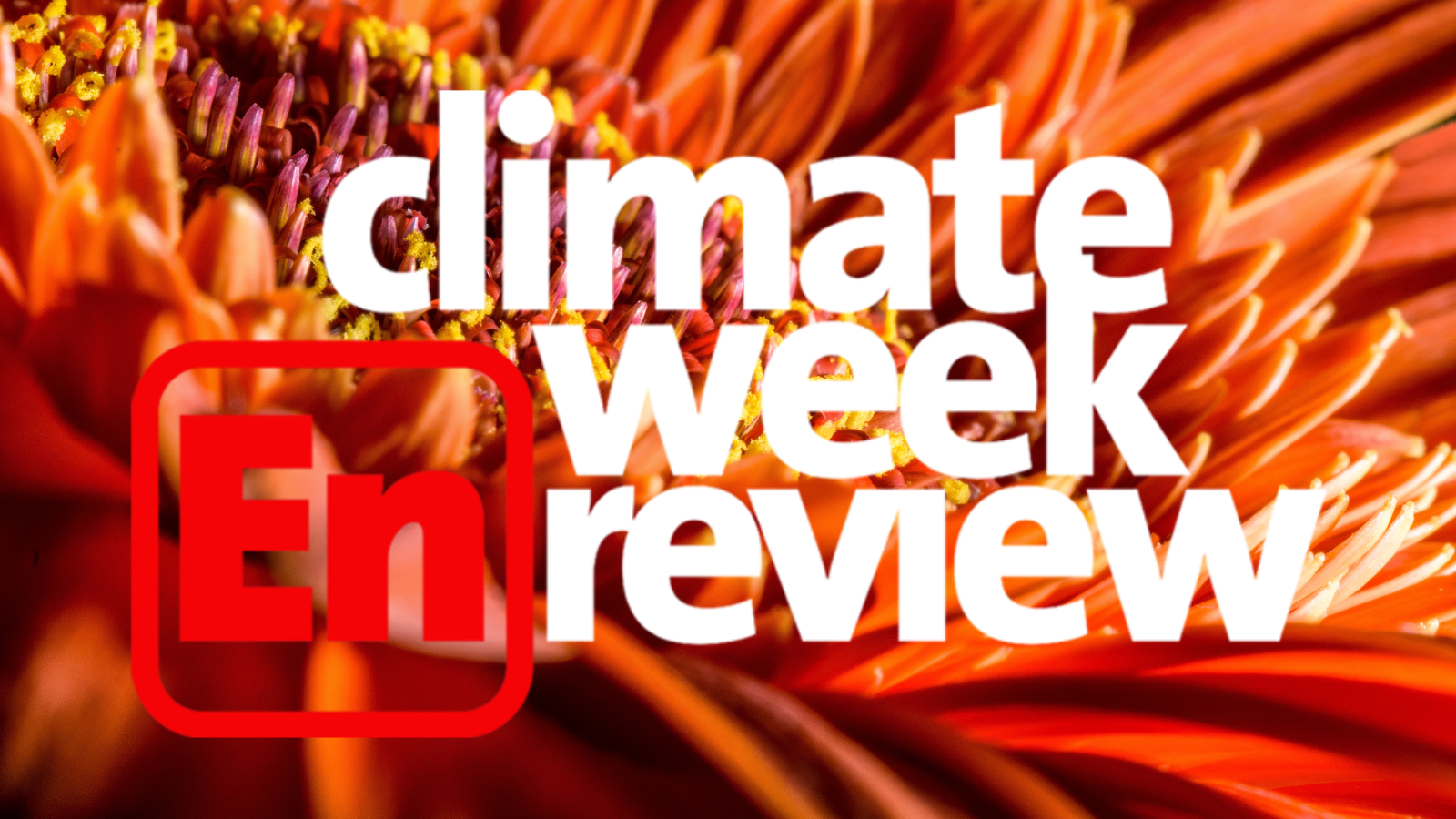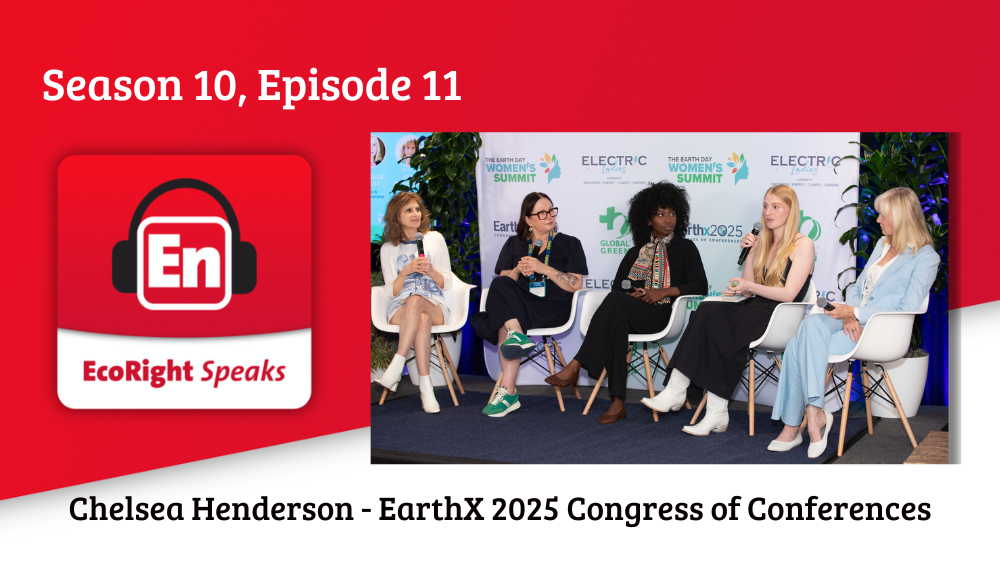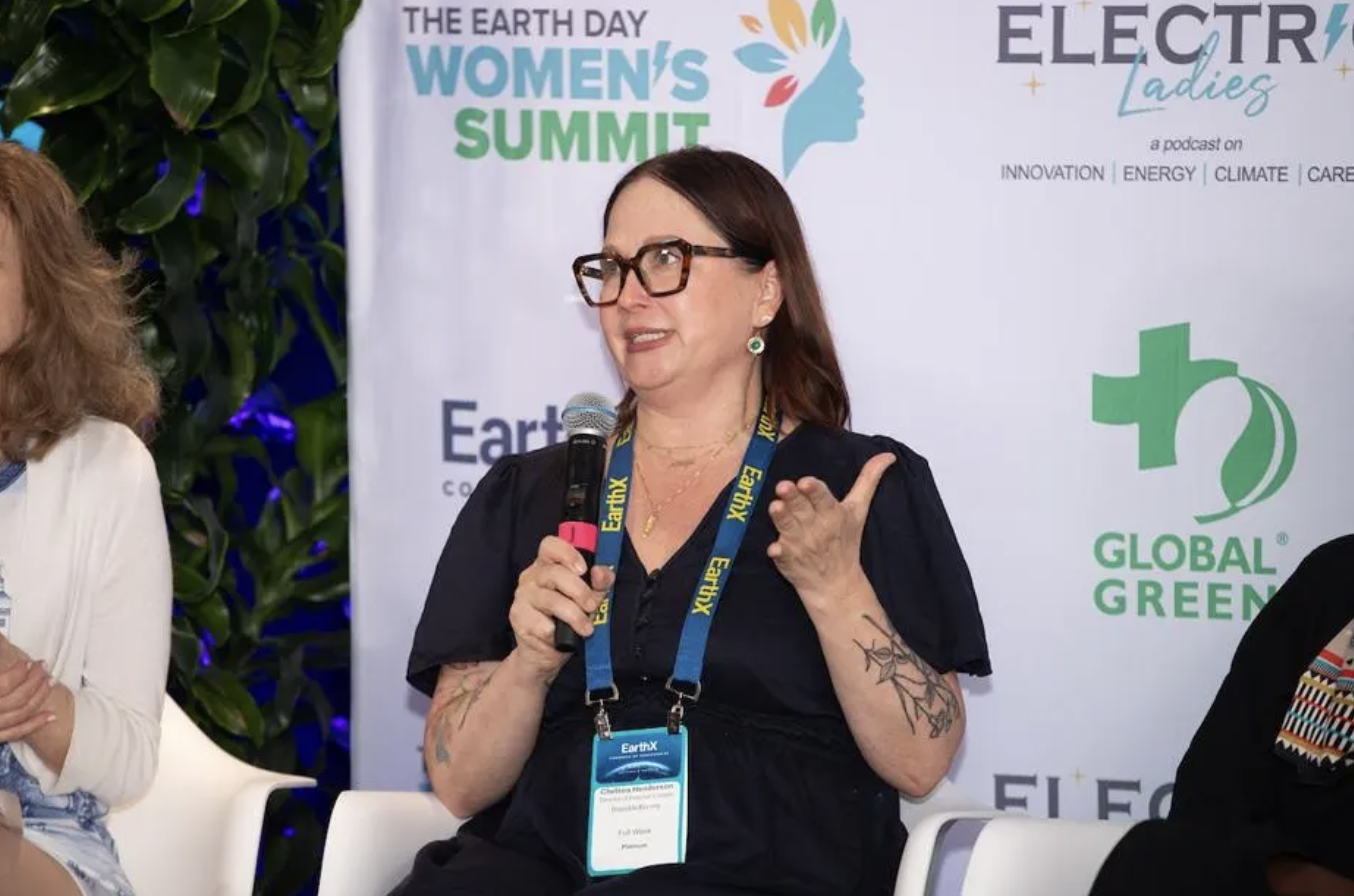
How are we already in May? I tell you what, I am ready for May flowers after all the March and April showers. Even though a hydrangea bush attacked me, leaving a scratch near my eye, and then a wasp stung me, I have been trying to spend a little time each day outside, watching the new blooms emerge and pulling those pesky weeds.
This week’s must read: Unleashing American energy: a pro-growth path to secure energy dominance. (The Hill)
Congresswoman Mariannette Miller-Meeks (R-Iowa) and John Ketchum, the chairman and CEO of NextEra Energy, co-authored this op-ed in The Hill.
“As the chairman and CEO of America’s largest electricity provider and a member of the House Committee on Energy and Commerce, we share a common goal: securing America’s energy future through a balanced, forward-looking approach that embraces all forms of energy,” they write. “Renewable energy and battery storage technology, backed by a robust supply chain, can be deployed onto America’s grid in as little as 12 to 18 months. And technology-neutral energy tax credits can help get more of this energy onto the grid and keep power prices low.”

EcoRight Speaks, season 10, episode 11, featuring my experience at EarthX
Listen, I’m a bit of an introvert, so I generally don’t enjoy conferences. But I LOVED EarthX. I found it inspiring to be around so many people from different industries doing their part to solve climate change. And I wanted to bring some of the event to you.
I’m so grateful to fellow podcaster Joan Michelson for the invitation to participate. Be sure to check out her show, the Electric Ladies Podcast.
In this episode, I share clips from some of the highlights of the Women’s Summit, one of the themed days that were part of the EarthX Congress of Conferences.
In this episode, I feature clips from some of the more extraordinary panelists. And stay tuned for future guests I will have on the show whom I met at the conference!
Coming up next week, my conversation with Bob Eccles, writer, professor, and sustainability expert. The focus of his work is on how the capital markets can contribute to ensuring a sustainable society for generations to come.
Related must read: How to reach. more people and save lives in the climate crisis (Forbes)
Joan Michelson wrote this piece reflecting on our panel at EarthX. Here she highlights my advice:
- Write your Senators and Members of Congress: It may sound old-fashioned, but Henderson, a former Capitol Hill staffer herself, implored the audience to contact their lawmakers often – with both praise and demands. Thank them when they do something you like (“thanks for signing on to this letter” or for their floor speech or vote on an issue, e.g.). Encourage them to support legislation you want, such as for wind or solar, and talk about the jobs it’ll create. She also suggested writing a 400-600 word Op-Ed in your local newspaper and mentioning the lawmaker’s name, so their staff will highlight it for them.
- “Be inquisitive, be open-minded and you really have to listen”: Henderson reminded us to ask people about their lives and needs and really listen to what they say – and don’t say. That’s how you understand where their lives are affected by the climate crisis, and how to reach them.

And, importantly… (check out how serious I look ☝️)
Get out of your own silo: We can’t understand other people if we only listen to people who agree with us, so Henderson added that, “We can’t depolarize if we just sit in our own echo chambers.” She explained that, “There’s going to be a friend who’s going to say, you know what? I’m really impressed with the way you’re walking the talk and you might influence them.”
Teaser: our next webinar…
It’s not on the books yet, but be on the lookout from an email from Angela Larck announcing our second quarter webinar. We are confident you won’t want to miss it!
A short reading on plastics
I was about to publish this week’s bulletin when a Yale Climate Connections story caught my eye. If you know me IRL, you know I do everything possible to avoid plastic water bottles. (Fun fact: Bob Inglis and I first bonded over our reuseable water bottles when we met in person for the first time.) I also reuse as much plastic as I can: yogurt containers, takeout cartons, etc.
If, like me, you’re worried about plastics, read on. If you aren’t yet worried, read on: What are the health impacts of plastics?
The TL;DR: key highlights from the article
- Plastic production has increased 230-fold since the 1950s, and production is projected to triple by 2060. More than half the total plastic ever made has been produced since 2002.
- The plastic boom means that carbon dioxide emissions from plastic production are projected to expand by 34% between 2015 and 2030.
- Microscopic plastic particles have been found in every corner of the environment, from the peaks of Mount Everest to the depths of the Mariana Trench. The human body is no exception. Scientists have detected plastic particles in nearly every part of the human body.
